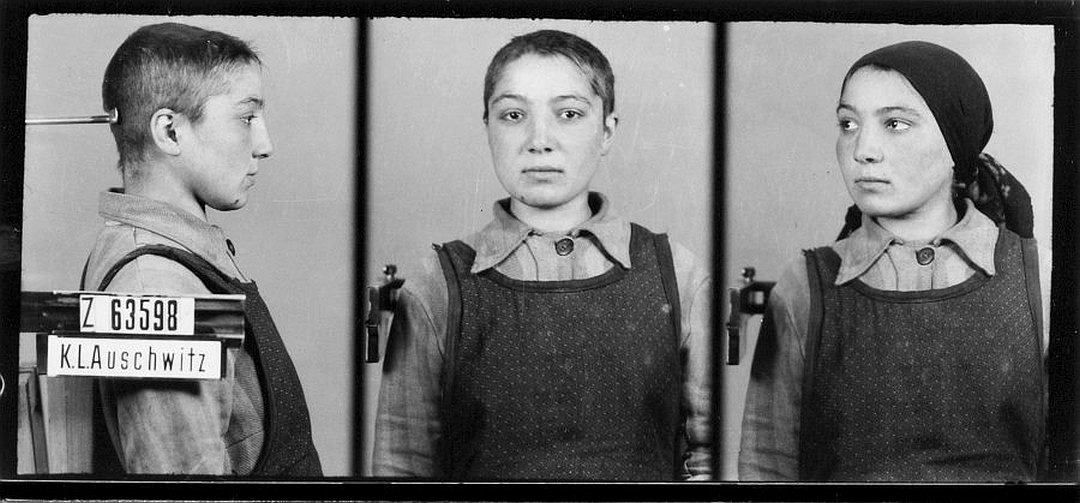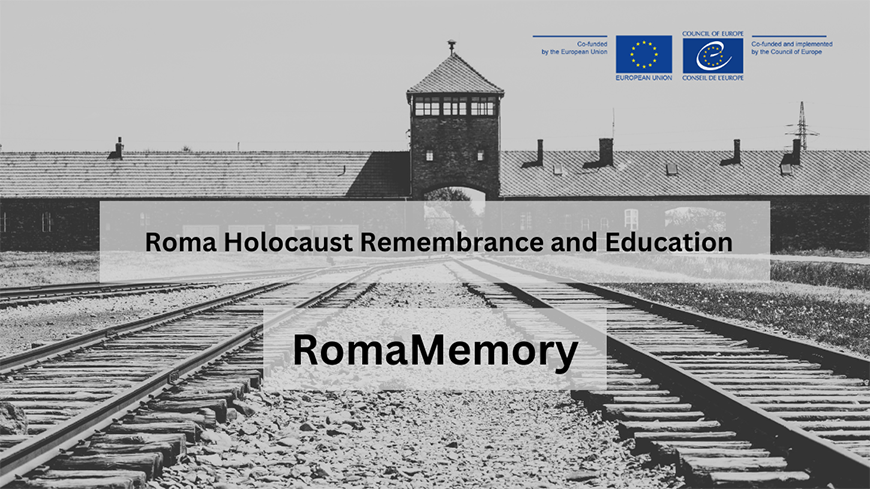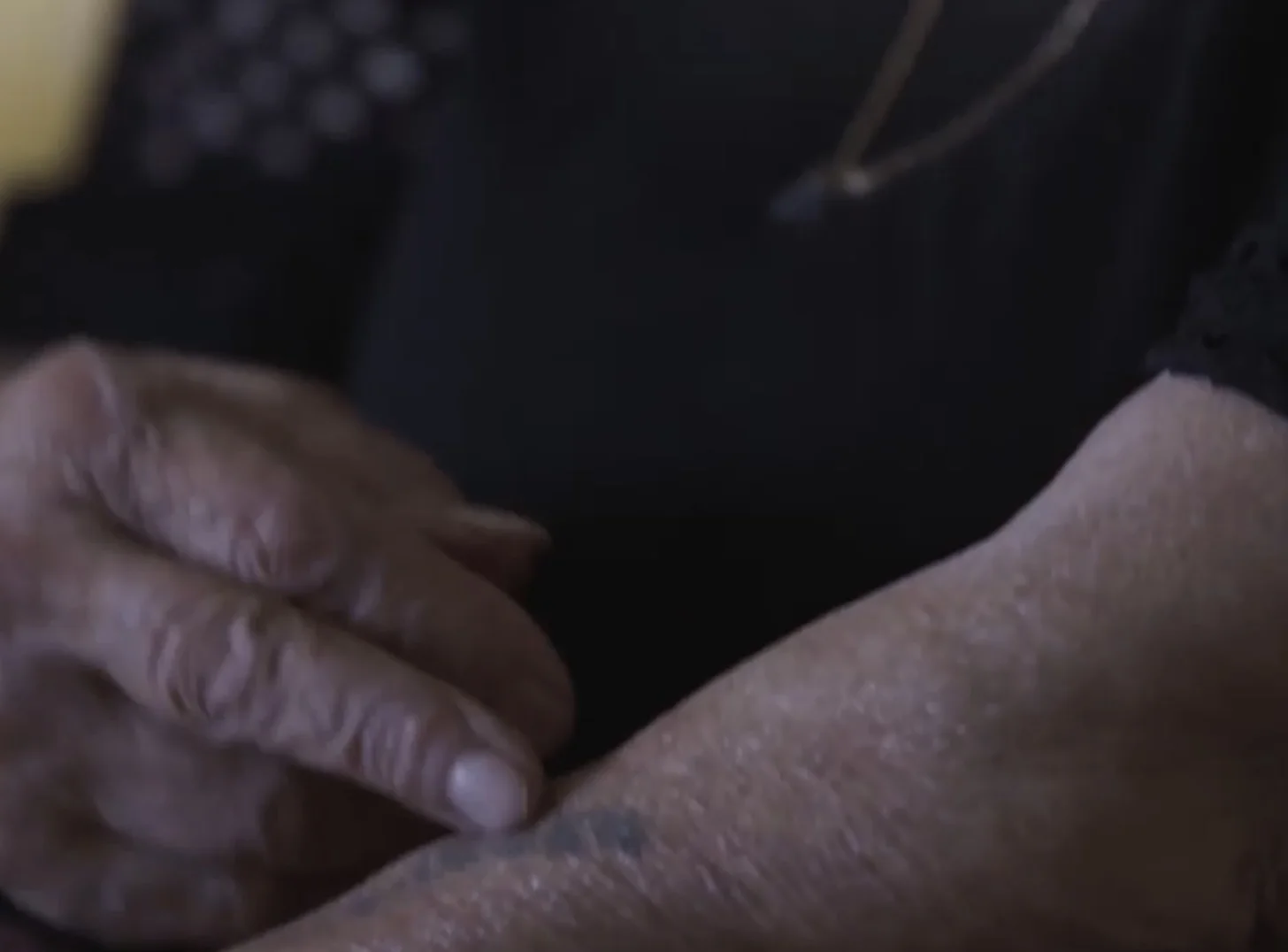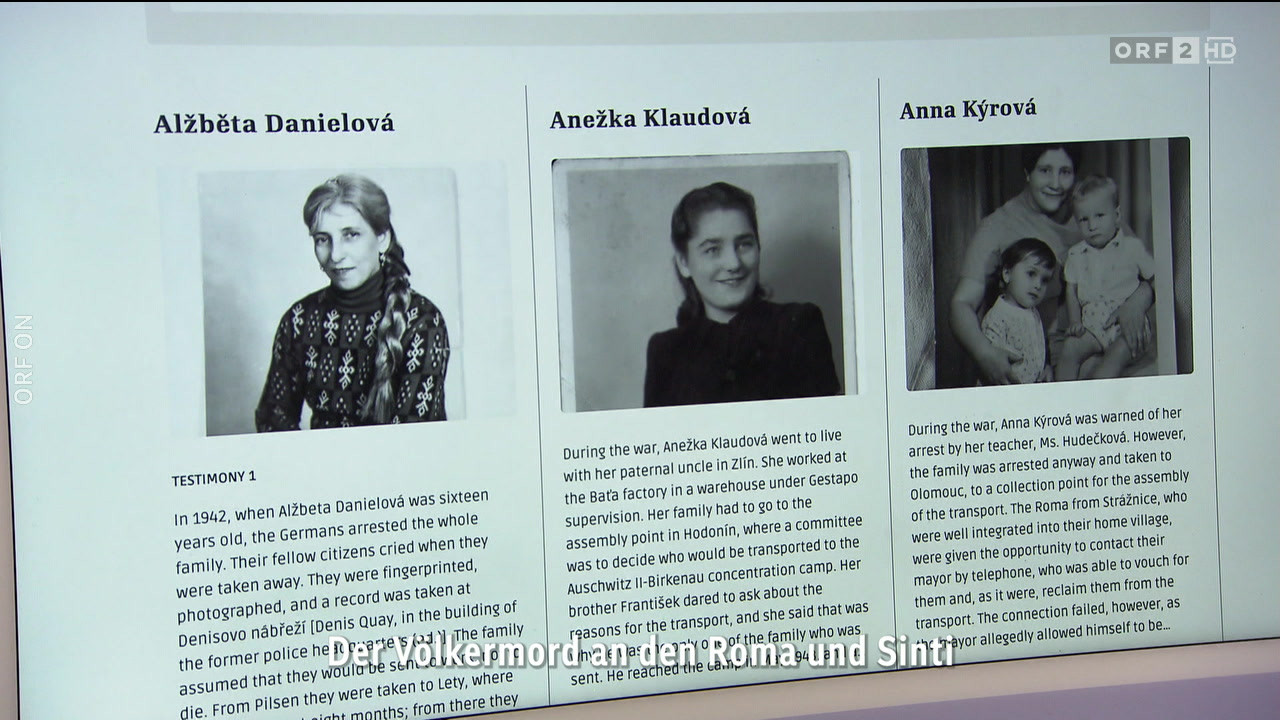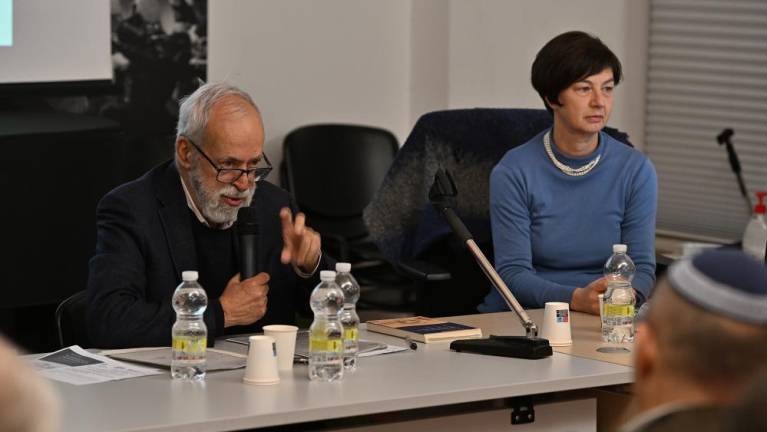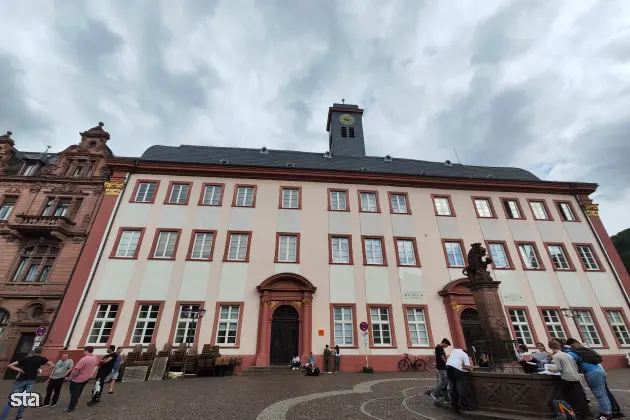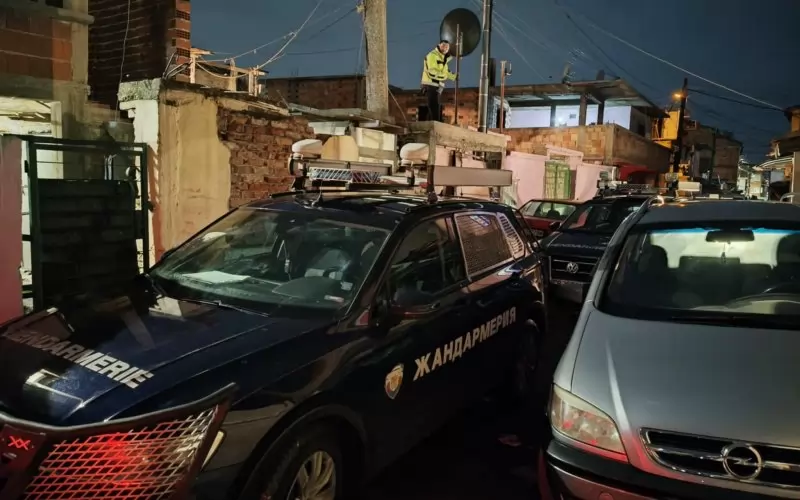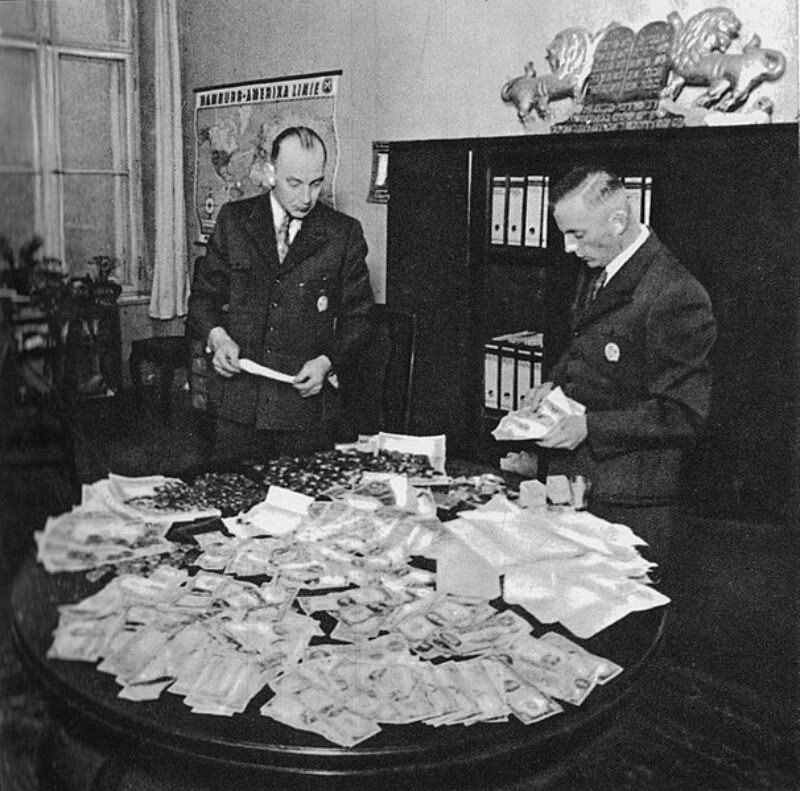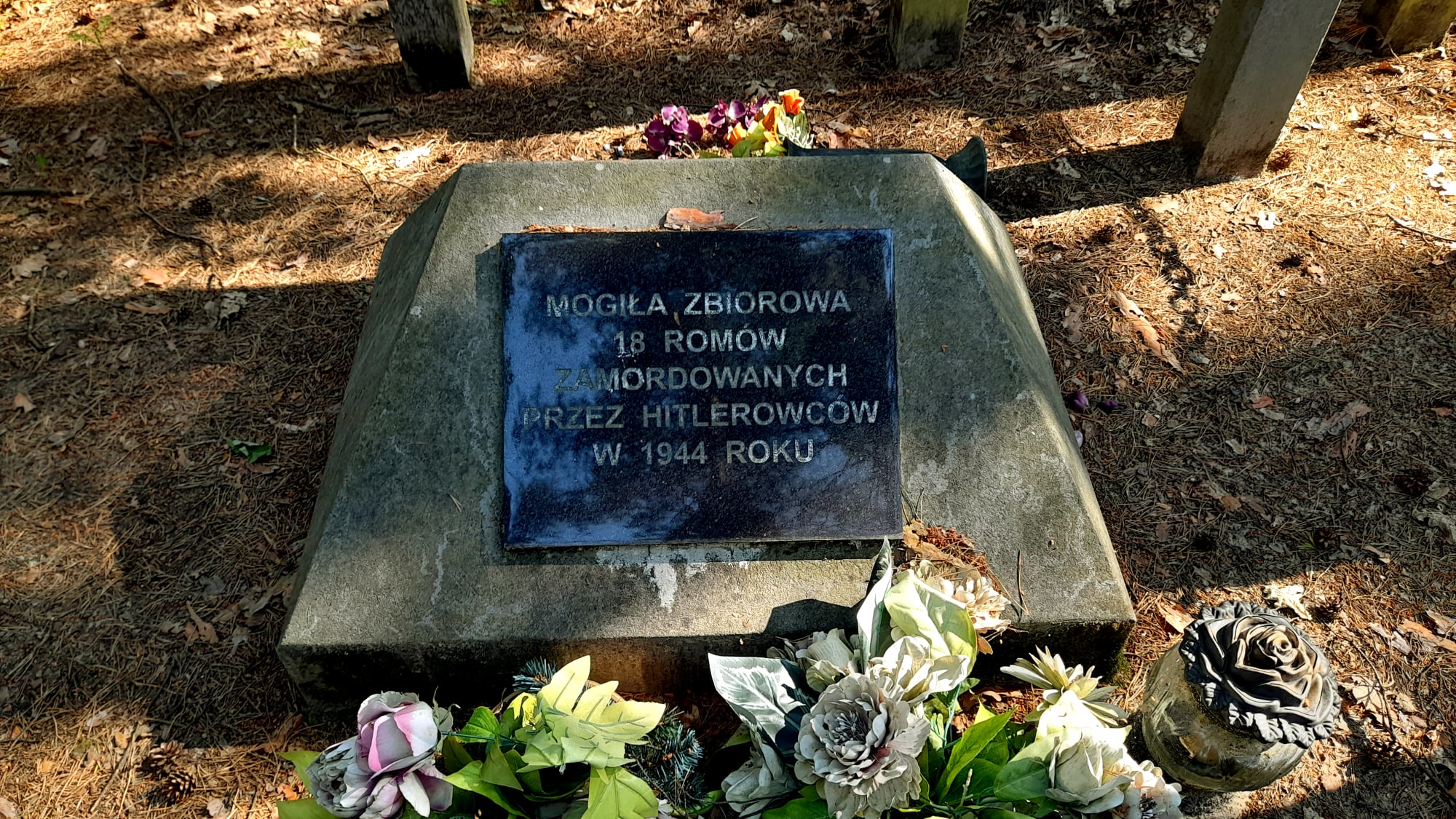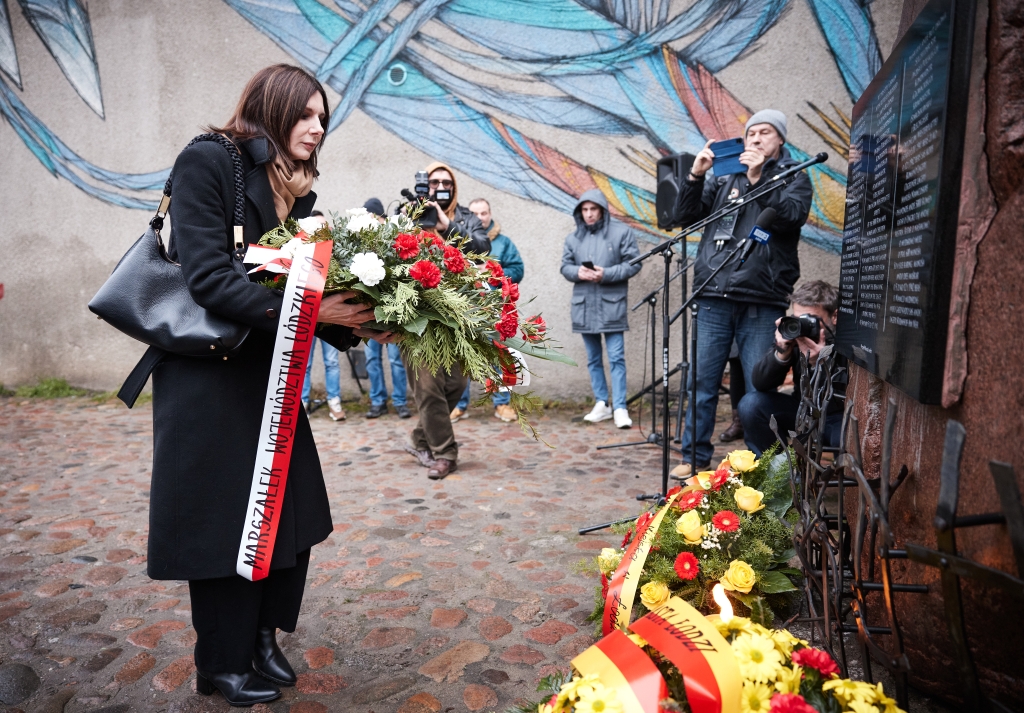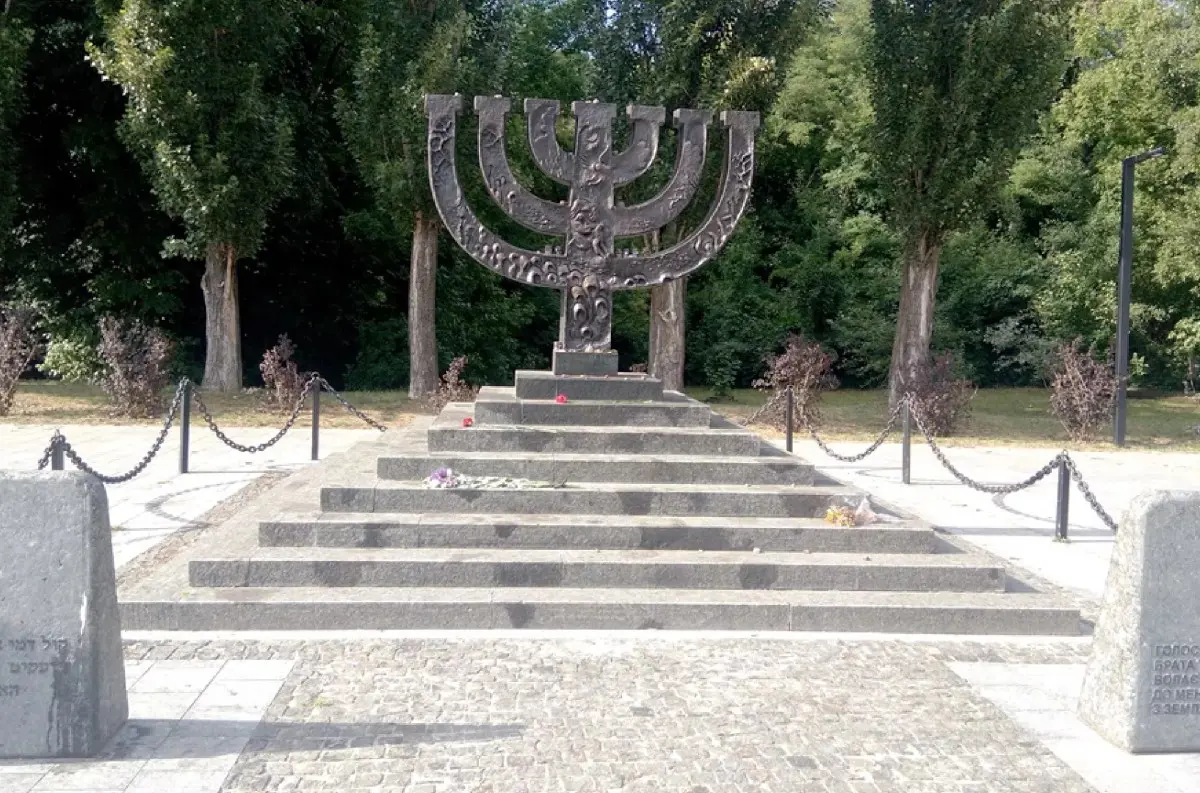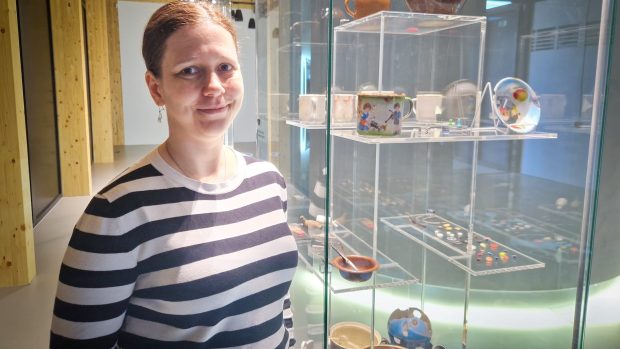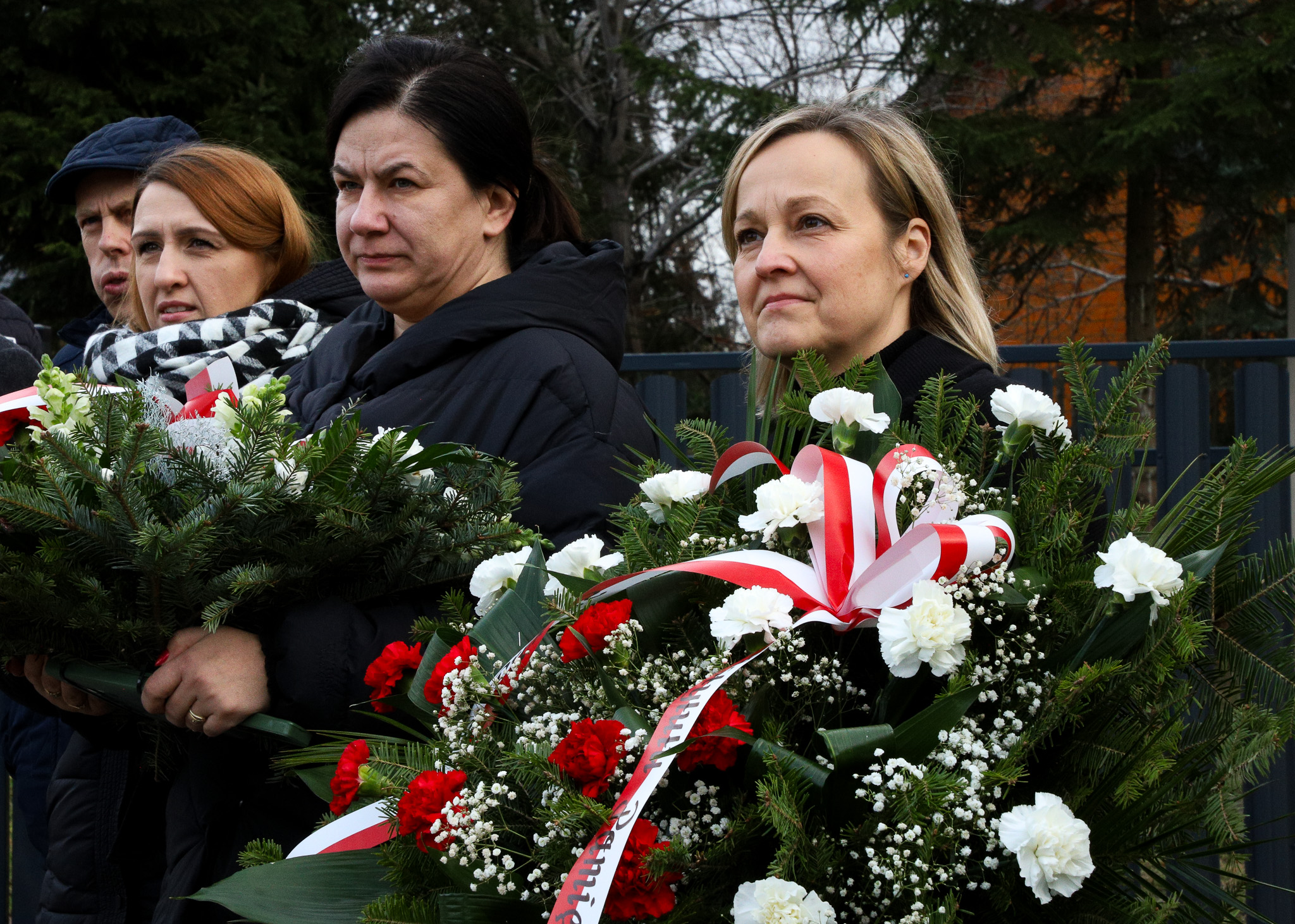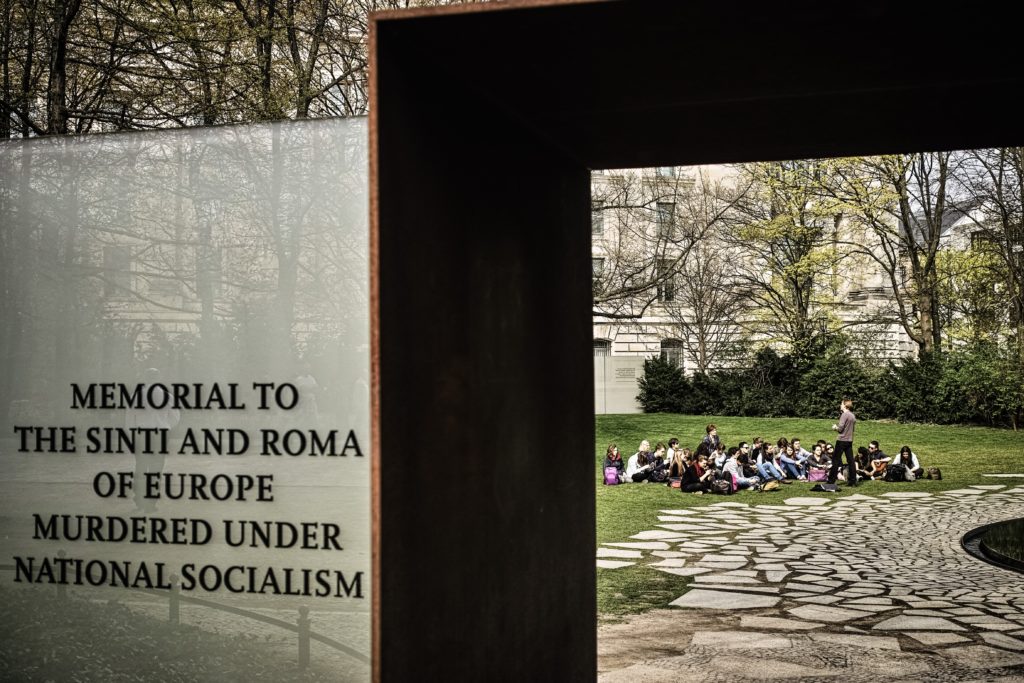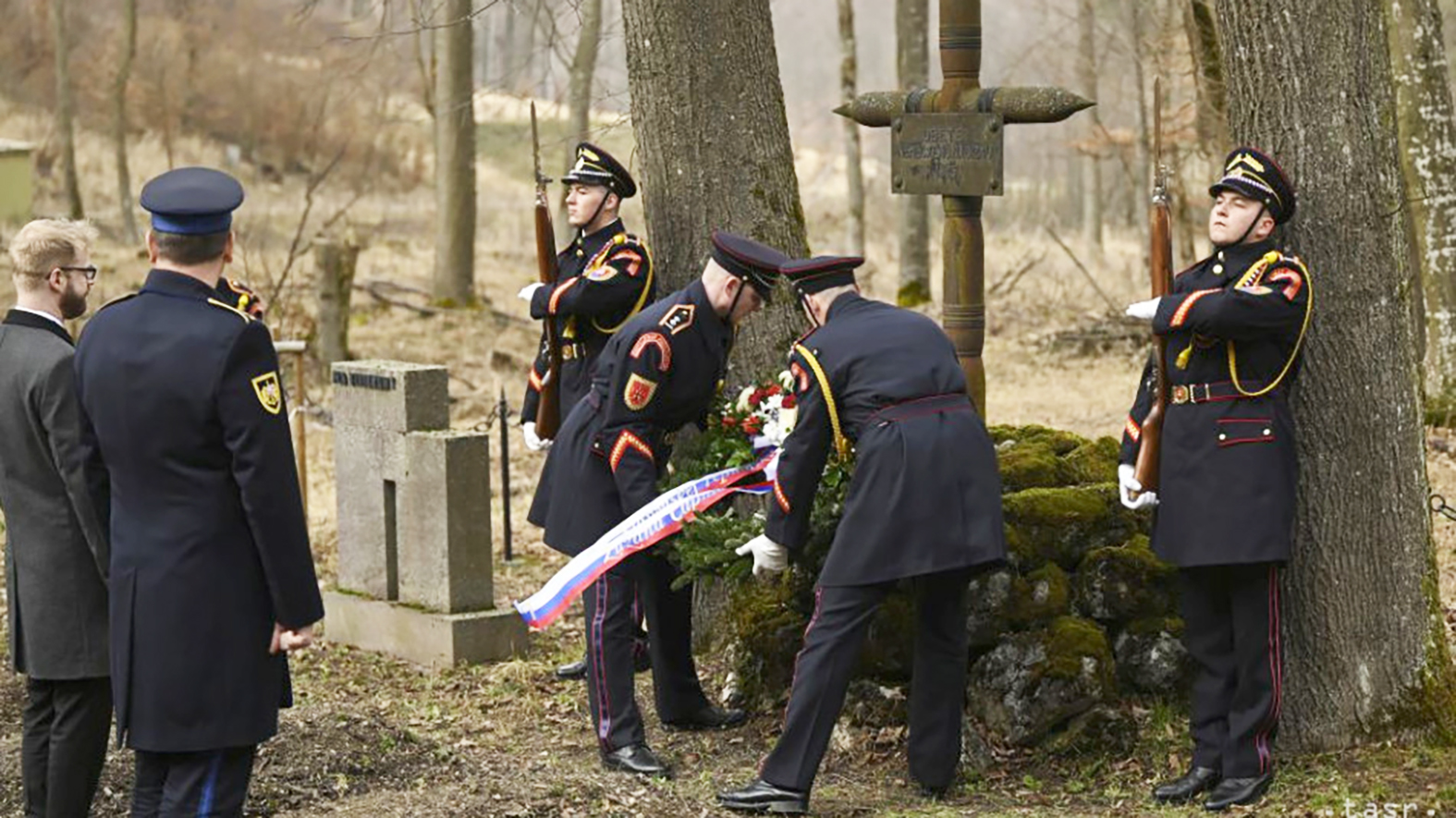In 1944, the Germans murdered a group of escaping Roma in the forest between Zasów, Dąbrówka Wisłocka and Nagoszyn. Today, the place where the Roma died is commemorated by a memorial stone and a cross. It is still unknown how many people are buried in this grave. Photo.
This tragic story took place in the winter of 1943 in Dębica. A group of Roma who had been living in the town for several years were informed in March 1943 by an unknown resistance group that the Germans were planning to murder them. They were advised to leave Dębice for their own safety and move to the Mielec district. Unfortunately, that year the winter was very frosty and the Gypsies postponed their departure. In the first days of April, a sudden warming came, the snow began to melt quickly and the roads began to become impassable. Despite these unfavourable conditions, the Gypsies, fearing for their own lives, decided not to wait any longer. They prepared their camps, carriages and horses for the journey. Entire families set off – men, women, the elderly and small children. Everyone left the city with the hope of saving their lives. They were unfortunately caught and slaughtered.
